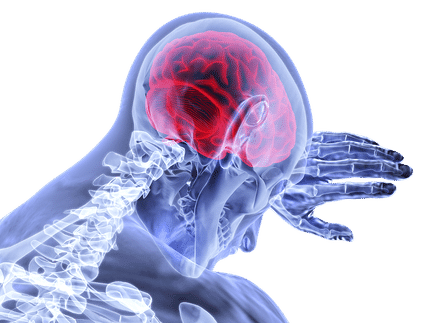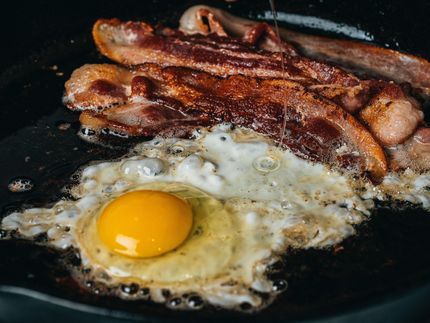Where select memories grow
Memories are difficult to produce, often fragile, and dependent on any number of factors—including changes to various types of nerves. In the common fruit fly—a scientific doppelganger used to study human memory formation—these changes take place in multiple parts of the insect brain.
Scientists from the Florida campus of The Scripps Research Institute (TSRI) have been able to pinpoint a handful of neurons where certain types of memory formation occur, a mapping feat that one day could help scientists predict disease-damaged neurons in humans with the same specificity.
"What we found is that while a lot of the neurons will respond to sensory stimuli, only a certain subclass of neurons actually encodes the memory," said Seth Tomchik, a TSRI biologist who led the study, which was published by the journal Current Biology.
The researchers examined a type of neuron called dopaminergic neurons—which respond to dopamine, a well-known neurotransmitter—and are involved in shaping diverse behaviors, including learning, motivation, addiction and obesity.
In the study, the scientists followed the stimulation of a large number of these neurons when an odor was paired with an aversive event such as a mild electric shock. The scientists then used imaging technology to follow changes in the brains of live flies, mapping the activation patterns of signaling molecules within the neurons and observing learning-related plasticity—in which neurons change and develop memory traces.
The scientists found that the neurons that did encode memories responded to a cellular signaling messenger known as cAMP (cyclic adenosine monophosphate) that is vital for many biological processes. cAMP is involved in a number of psychological disorders such as bipolar disorder and schizophrenia, and its dysregulation may underlie some cognitive symptoms of Alzheimer's disease and Neurofibramatosis I.
In fact, the study pointed to a specific location in the brain—a particular lobe with a region known as the mushroom body—where the neurons appear to be particularly sensitive to elevated amounts of cAMP.
According to Tomchik, that's an important finding in terms of human memory because olfactory memory formation in the fruit fly is very similar to human memory formation.
"We have a good model in these two classes of neurons, one that encodes and one that doesn't," he said. "Now we know exactly where the memory formation should be and where to look to see how disease may disrupt it."
Tamara Boto, the first author of the study and a member of Tomchik's laboratory, added, "We know where, but we don't yet know the mechanism of why only these subsets are affected. That's our next job—to figure that out."
Most read news
Other news from the department science

Get the life science industry in your inbox
By submitting this form you agree that LUMITOS AG will send you the newsletter(s) selected above by email. Your data will not be passed on to third parties. Your data will be stored and processed in accordance with our data protection regulations. LUMITOS may contact you by email for the purpose of advertising or market and opinion surveys. You can revoke your consent at any time without giving reasons to LUMITOS AG, Ernst-Augustin-Str. 2, 12489 Berlin, Germany or by e-mail at revoke@lumitos.com with effect for the future. In addition, each email contains a link to unsubscribe from the corresponding newsletter.






















































